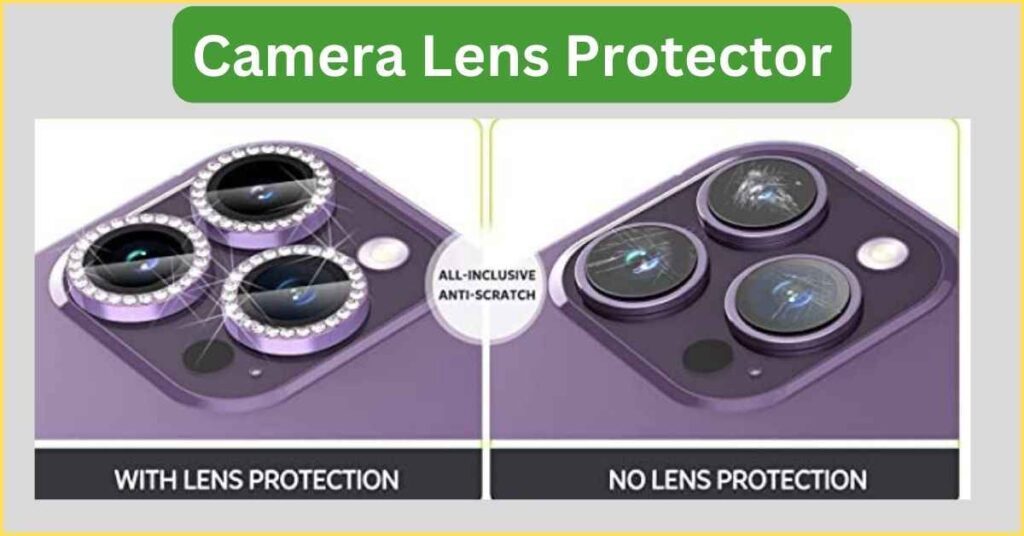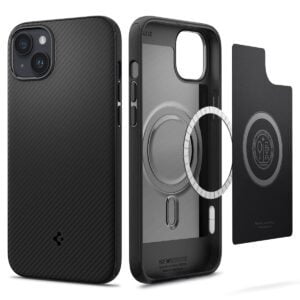Last updated on October 30th, 2023 at 12:54 am
To Shield or Not to Shield: The Camera Lens Protector Dilemma
In the world of photography, your camera lens is your window to capturing stunning images. It’s crucial to keep this window pristine and unobstructed, which is where the debate over using a camera lens protector comes into play. We’ll dive deep into this question, explore the pros and cons, and help you make an informed decision. After all, protecting your lens means safeguarding your art.
Types of Camera Lens Protectors
UV Filters, Clear Filters, and Lens Hoods

When it comes to camera lens protection, you have several options. The most common choices are UV filters, clear filters, and lens hoods. Each of these has its own set of advantages and disadvantages, which we’ll dissect in detail.
Benefits of Using a Camera Lens Protector
Preserving the Precious Glass

The primary benefit of a camera lens protector is, of course, protecting your lens. We’ll delve into how these handy accessories can shield your precious glass from potential damage, be it from scratches, dust, or smudges.
Extended Lifespan of Your Lens
Your camera lens is an investment, and using a protector can significantly extend its lifespan. We’ll explain how this simple accessory can help you avoid costly lens replacements.
Scenarios When a Lens Protector is Useful
The Great Outdoors
Are you an outdoor enthusiast, capturing the beauty of nature in challenging conditions? We’ll discuss how a lens protector becomes your best friend in harsh environments, saving your lens from the elements.
Everyday Protection
Even in everyday situations, accidents can happen. Learn about real-life examples where a lens protector has been the unsung hero, preventing costly lens repairs.
Potential Drawbacks
Image Quality and Cost Considerations
While camera lens protectors offer valuable protection, they’re not without drawbacks. We’ll address concerns such as potential effects on image quality and the added cost.
Mitigating Drawbacks
Worried about compromising image quality? We’ve got you covered with tips on how to mitigate potential downsides while using a lens protector.
How to Choose the Right Protector
Size, Material, and Quality
Selecting the right protector for your camera and specific needs is crucial. We’ll guide you through considerations like size, material, and filter quality, helping you make an informed choice.
When it comes to size, it’s essential to choose a protector that fits your lens perfectly. Lens protectors are available in various diameters, so make sure you know the size of your lens before making a purchase. The wrong size can lead to vignetting, a dark shadow around the edges of your photos.
Material plays a significant role in the effectiveness of the protector. High-quality protectors are typically made from multi-coated glass, which ensures minimal impact on image quality. Cheaper alternatives may use acrylic or plastic, which can affect the sharpness and color accuracy of your images.
Filter quality matters, too. Look for protectors that have a multi-coating to reduce reflections and improve light transmission. This not only guards your lens but also enhances your photographic results.
Maintenance and Cleaning
Ensuring Optimal Performance
To enjoy the full benefits of your camera lens protector, it’s essential to maintain and clean it properly. We’ll provide step-by-step instructions for keeping it in top condition.
Dust and Debris Removal: Regularly remove dust and debris from your protector using a soft-bristle brush or a blower. Avoid using your breath or clothing, as this can scratch the surface.
Wiping and Cleaning: Use a microfiber cloth or a lens cleaning solution to wipe away fingerprints and smudges gently. Start from the center and move outward in a circular motion.
Avoiding Scratches: When cleaning your protector, be cautious about abrasive materials or dirty cloths that could cause scratches. Always use a clean, lint-free cloth.
Storage: When your camera is not in use, it’s a good practice to use a lens cap or lens hood for added protection. This minimizes the chances of accidental contact with the protector.
Alternatives to Lens Protectors
Lens Caps

Lens protectors aren’t the only way to safeguard your lens. We’ll explore alternatives such as lens caps and lens hoods, comparing their effectiveness to dedicated protectors.
Lens Caps: Lens caps are the most basic form of protection for your camera lens. They cover the front element entirely, shielding it from potential harm. They’re easy to use and provide excellent protection from scratches, dust, and minor impacts. However, they don’t offer as much protection against smudges.
Conclusion
In conclusion, the choice of whether to use a camera lens protector ultimately depends on your unique photography style and preferences. We’ve weighed the pros and cons, offered guidance on choosing the right protector, and shared expert insights to help you make an informed decision.
Have you made a decision about using a camera lens protector? Share your thoughts and experiences in the comments below. For those ready to take the plunge, check out our recommended brands and products to get started with lens protection.


